PR 06/17 | Periti not allowed to submit planning applications during Easter Week
Periti attempting to submit new planning applications this week through the Planning Authority’s online portal were notified that “The period between 10th April 2017 and 16th April 2017, is defined as a Peroid (sic) of Inactivity through LN 162 of 2016. No new Applications may be submitted during this period. Kindly reload the application from “Draft Applications” after the 16th April 2017 to finalize the submission process.”
The Kamra tal-Periti wrote to the Planning Authority and to the Parliamentary Secretary for Planning, Hon Dr Deborah Schembri, as follows:
“It has come to the Kamra’s attention that the Planning Authority has unilaterally and without prior notice decided that no new applications may be submitted during this week.
This is completely unacceptable, more so because it does not arise out of any regulation that applications may not be submitted during the Authority’s inactive period. Article 16 of LN 162 of 2016 states clearly that the only impact of the Authority’s shut down periods is to suspend ongoing time frames and extend them accordingly.
This action from the Authority, which completely disregards commitments which periti have with their clients, and which individuals have with other third parties, is not on.
The Kamra tal-Periti insists that this situation is reversed immediately.”
No response has as yet been forthcoming.


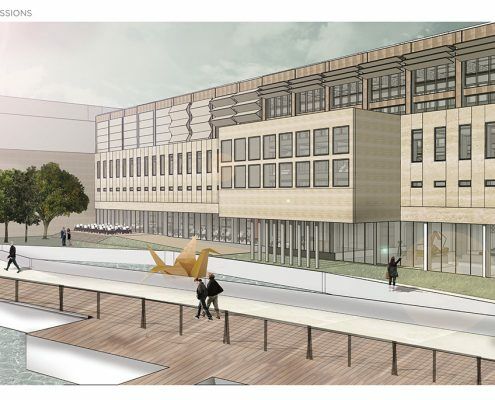
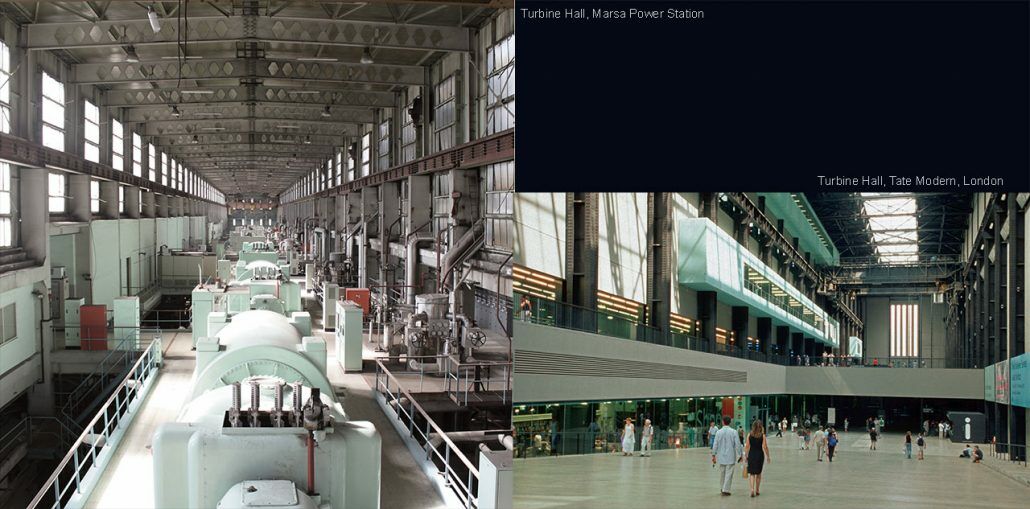

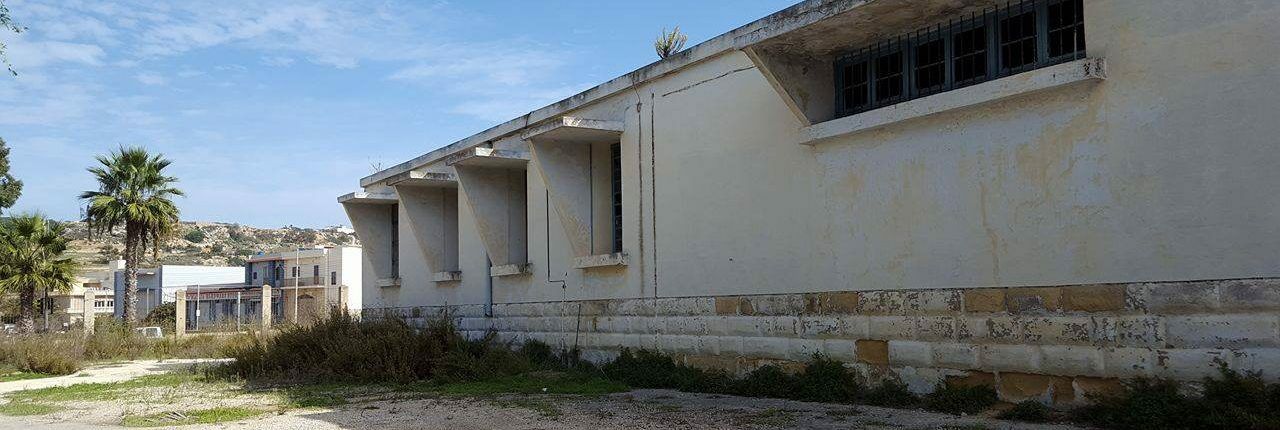
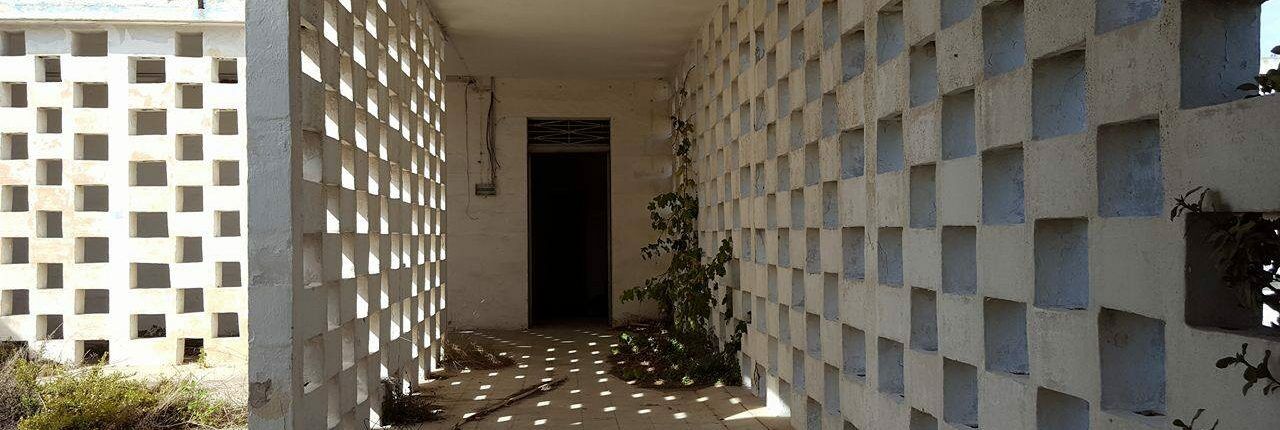
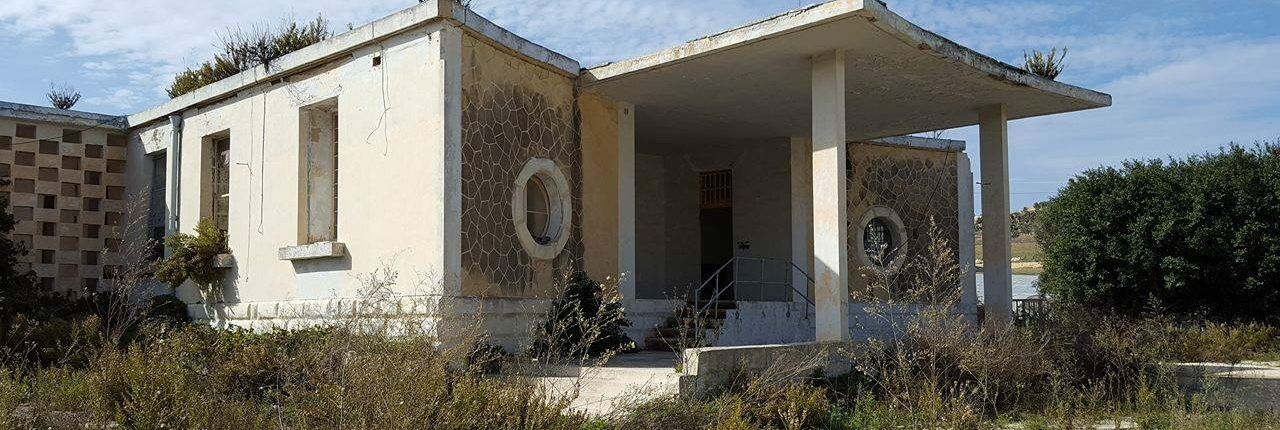
You must be logged in to post a comment.